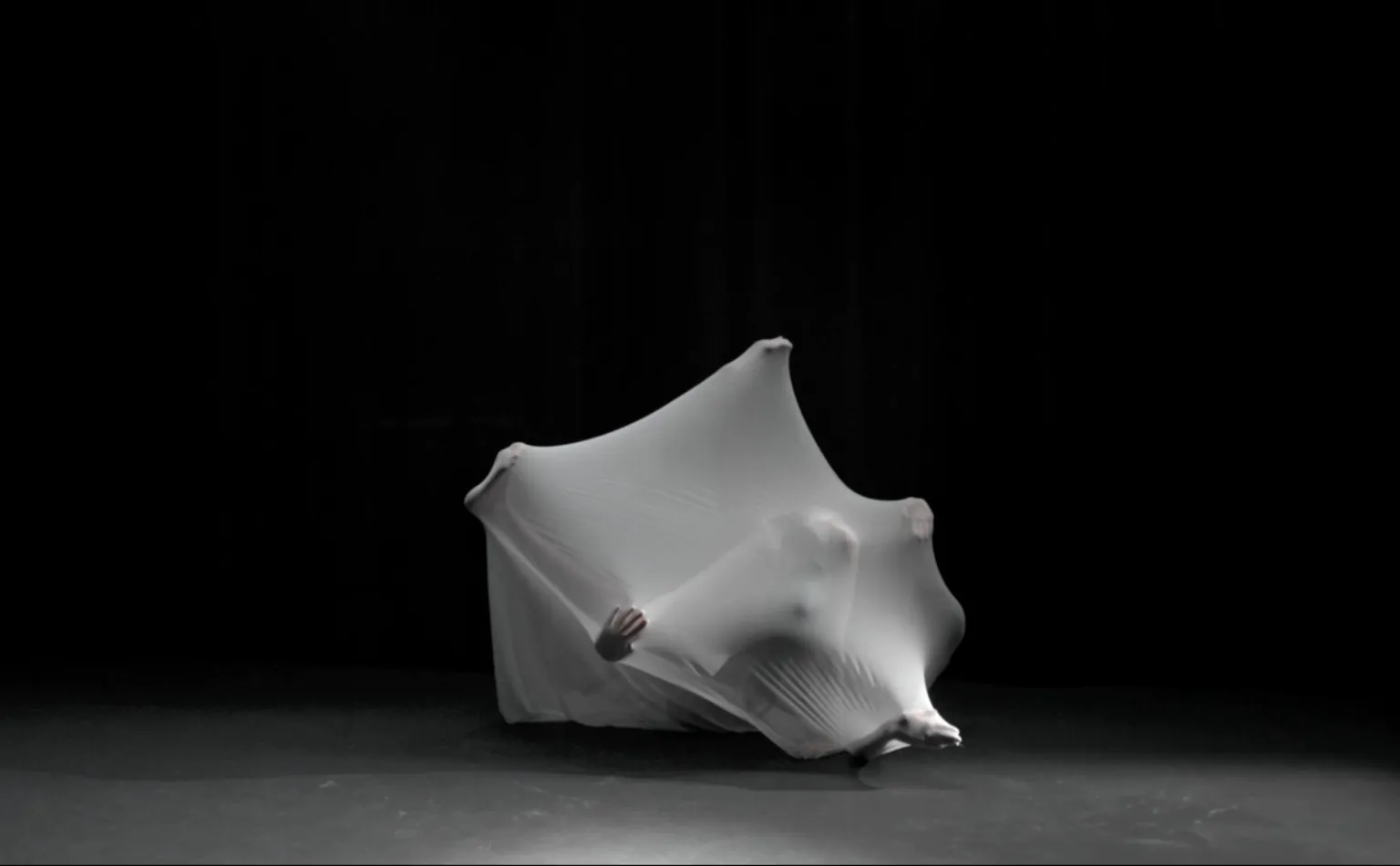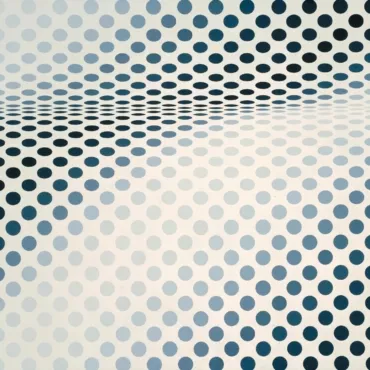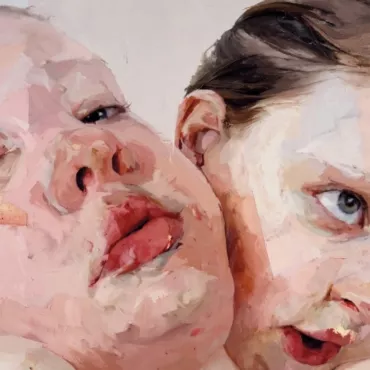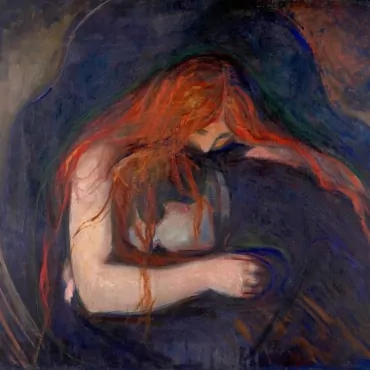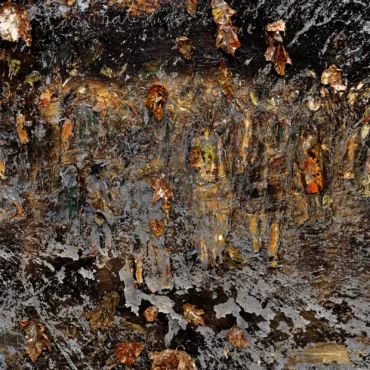In the beginning was the word, and the word became a song
The first character is Daria Polorotova (Daria Polo), a singer with a fifteen-year career for whom the stage is like a second home. She is confident in her powerful voice, has performed in Russia, Ukraine, the Netherlands, the Czech Republic and the UK, and has mesmerized listeners every time.
Having accidentally seen her performance with the track “Wabiti”, one could not help but notice how easily and accurately Daria hits the high notes, while maintaining lightness and naturalness, which shows the maturity of her musical skills. Daria also has an excellent command of belting (*belting is a strong and emotional vocal in the chest register, which is characterized by volume and memorable sound – ed.) and gracefully uses contrasting register transitions.

Her UK debut was at Sofar Concerts, who are renowned for their chamber performance format and love of artists with strong vocals.
Why did Daria decide to continue her career in England? Her love for the English language and the cultural diversity in the new country played a role here – all of this is important to the singer as the soil from which her creativity grows. English phonetics, she says, has a special magic, and creating in a foreign language was a new stage in her development, a new challenge. Importantly, this transition has allowed her to delve intensely into the meaning and content of the texts, adding even more depth to her music, putting concepts and meanings at the center of her compositional approach.
One can feel that in her previous songs in Russian, Daria has a great command of harmony, accompanying herself on the piano, and is not afraid of “non-standard rhymes”, jumping through the line and continuing themselves, breaking off, but in the end – looped, thanks to the stretching of vowels. Daria’s transition from Russian to English can be seen as an act of personal and creative self-determination, in this process she seems to redefine her identity, where melody and lyrics create a new form of interaction. As a songwriter, Daria has been working with lyrics and music for the past five years, where, through time and wisdom, she has moved from a reliance on vocals alone to a more holistic and creative reliance on meaning and words, often hyperbolizing issues in order to immerse the listener in the emotion and desired state as deeply as possible.
Now Daria is actively working on the material for her first English-language album, which will be a new milestone in her career. The fact of building a path from scratch, being in a new country, changing the language of her art and its meanings, cannot but inspire.
Light and architecture in the photography of Maria Yanovskaya
The second artist is Maria Yanovskaya, a photographer with over 17 years of experience, who found her true creative power in the UK. Her work is light and light, even if the subject matter of the image seems dark and heavy. Janowska uses her talent to convey metaphors of the human journey and decisions made in visual images. Through the play of light, contrasts and color, she creates compositions in which viewers feel a sense of depth and are invited to reflect. Maria combines architectural and natural forms in her projects, which is particularly successful in the culturally and visually rich spaces of the UK. She specializes in finding moments, architecture, nature and people in which the past shines through, as if it were not the 21st century but some 13th or 10th. The UK’s unique ability to preserve its past and present it to anyone who is interested has become an important part of her new path.

She explores both urban spaces where history manifests itself through modern architecture, and remote village life where time is in no hurry to get anywhere. Places such as the Cotswolds, North Yorkshire, Cornwall, Wales, the Scottish Highlands, where old stone cottages, churchyards, castle ruins and ancient pubs have stood for centuries, feel like time capsules in Mary’s work (such as the Dome of the Wallace Monument – 2024).

Maria cleverly takes note of small details, such as the moss covering the stones of the ancient castle, so that, building the whole composition around it, she can use this paranormal ability to transport you to the magical world of British folklore, where elves and dwarves are waiting around every corner. What is very touching about Maria’s work is that it is fundamental, which when examined gives ground underfoot, especially shaky now. She is about the beauty and peace that still exists. She is currently working on a project that captures places over which time has no power – where you only have to squint at the right angle and another reality, other people and eras instantly appear.
Moving image and video art by Sofia Malemina
The third artist is Sofia Malemina, who works with video art and sound. Her work “enlivens” images, which are complemented by sound effects, or sometimes their complete absence. Initially, like many CIS artists, her work consisted of 2D graphics, classical drawing and experiments in 3D. It was in Saint martins that Sofia found a new vector – 4D and 5D. She started trying new technologies, she involved artificial intelligence in the creation of works. This has pros and cons. It both gives freedom and narrows the scope, as AI is still an evolving tool.

In One Day in Silence, Sofia explores the importance of silence in our lives, showing how the absence of sound can sharpen other senses. This work became the basis for a whole series of conceptual experiments, where Sofia tries to materialize what does not exist – emptiness.
Sofia also reflects on the concept of simulacrum (*simulacrum – a representation of something that does not really exist – ed.). Despite her youth, she is deeply immersed in this philosophical theme, using London as inspiration. Her works, created with the use of new technologies such as artificial intelligence, lead the viewer to reflect and provoke different emotional states.

For example, one of the works, the abstract video installation Void_2960 (an abstract video cycle, part of the Voi object installation) shows a contradictory combination of moving color spots that merge and separate in a chaotic dance. Here Sofia has moved away from the direct, the definite and created the abstract, the contextual. This creates a contradictory balance between image and sound, the subtle and the distinct, the physical and the immaterial. This combination of colored moving spots merging together or separating into different parts without control over lines, shapes or colors is a total freedom of result. With her rich toolkit, the artist can provoke and intensify different emotional states in the viewer, can immerse the viewer in the work and lead them to reflect. Sometimes she even changes roles – the creator becomes the audience and vice versa.
It can be traced how art, which began with sound, moves on to image and finally to a moving visual series. It is a journey of transforming perception and expressive means in which each of the artists finds her unique voice and a way to tell her story.
